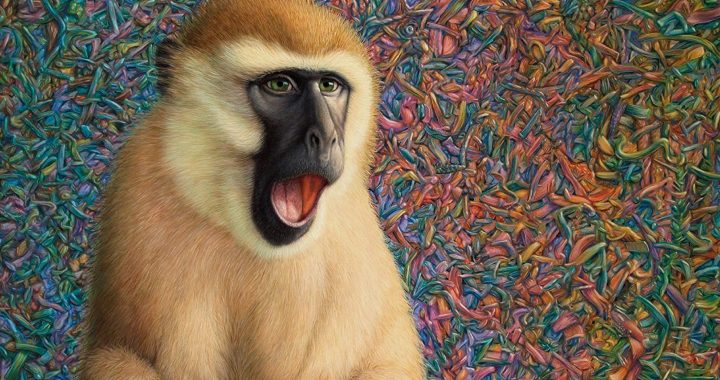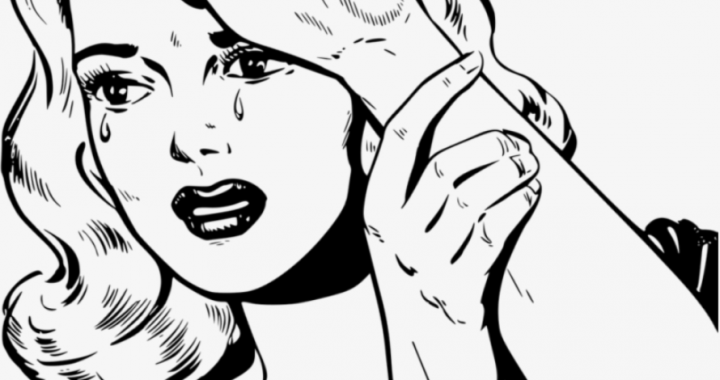“There are two kinds of people. Those who have a complicated mind. And those who have a complicating mind!”
I’m not sure if I believe that. But it was always some sexy line to drop at a party. Myself, I could consider in the latter group. As much as I would like to be considered in the former.
Today’s chapter dealt with complicating your plots, in order for them to be complicated. It makes sense, as Mr Bell does, to open his chapter on a note of doubt. Why make plots complicated, he says, when it violates the principle of KISS — “keep it simple, stupid.” The trick becomes, then, to make a story appear simple on the surface, but deep, deep down demonstrate complexity.
It’s like a really powerful sports player, who can make something really intense appear easy. Or a musician improvising a parade of notes. Etc, etc.
Personally, I have always believed in this multi-layered approach to story. It’s frustrating not being able to pull it off — hence why I am practicing! — but ideally you would tell a story with surface appear, caked over many layers of meaning which a reader might enjoy should they venture to.
Today’s exercise helps us do just that. When we consider our smallest unit of story, the detail, and trace it to the bearers of theme, character, and then combine that in a location — then we start to weave complication. (Note, according to the most recent translator of the Odyssey, who called the hero a “complicated man,” she claims complicated comes from the ancient Greek work for interwoven. Quite appropriate for a plot of many plots.)
. . .
Make three columns on a sheet of paper. Record rich details in the first column. List all your characters in the second column. While in the last column, catalog the significant settings. Connect them in different ways. Try to see how you can weave the strongest two or three connections as motifs or symbols throughout your novel.
Rich Details:
- The reflex of a film camera’s aperture
- The texture of a page in a no-line journal
- The carbonation of a fresh beer
- The difference between a sunrise and a sunset
- An ad in a Japanese subway
- The freckles on a stranger’s face
- A mischief of rats in a dingy restaurant’s restroom
- The desk in front of two airport gates
- The crater of a volcano, stopped with rocks and rain water
- The dizzy spell of hitting a two-foot bong full of tobacco smoke
List of Characters
- Juan Saudade
- Sam Torrie
- Anais Sa’id
- Archibald Swords
- Din Tan
- Vanessa Vulpe
- Tomas Vulpe
- Jackie Flint
- Fushimi Miyako
- Kyoko Mura
Catalogue of settings
- House in Austin, Texas 2030
- Apartment in Austin, Texas 2014
- Mushroom club in Singapore
- Linga Longa bar in Bali
- Beach on a pirate island
- Hostel pool in moonlight
- Cu Chi tunnels Ho Chi Minh
- Ha Long Bay by boat
- The Golden Temple of Kyoto
- The Womb in Tokyo
Maybe rats show up in the different restrooms and places the boys visit. The first thing Juan sees in the freckles in people, but then as he gets to know them, they become constellations. The camera breaks part way through the trip, yet is fixed later on. Various people handle paper, but each differently?
What I’m getting is that details must recur, complicating the narrative. Different characters much interact with this detail. And the locations prompts each interaction, and re-interaction.
Can’t wait to wait this!




